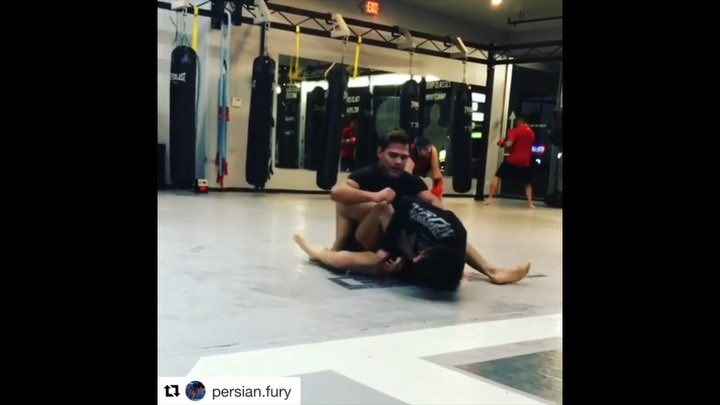Understanding ACL injuries: Part 1
••••••••••••••••
@thebeastufc is reported to be scheduled for ACL reconstruction surgery. According to ESPN (@arielhelwani ) Lewis consulted with his doctors 2 weeks prior to his fight against Junior dos Santos who concluded even though he had a torn ACL he would still be able to fight. The source also confirmed that this was a chronic ACL tear from 2015 when he fought out of a kneebar attempt against Ruan Potts. Additional damage to the knee included a torn meniscus and torn MCL.
.
Lewis ultimately decided to have surgery because he felt his knee “give out” during the second round against dos Santos.
.
If he had his ACL torn for 4 years how could he have made a successful run for the title? ACL rupture requires reconstruction for return to high level competition, right? New evidence shows that is depends.
.
Copers vs. noncopers: 42% of people are copers : meaning they have enough leg strength and dynamic balance to function despite not having an ACL.
.
IDing a coper:
• No other injuries
•Minimal swelling • Full ROM
•Able to walk without a limp
•70% quadriceps strength on bilateral comparison
•Hop on leg without pain
•1 or less incidents of knee giving out.
.
ACL reconstruction is still the gold standard for ACL injuries, which is a decision up to the athlete, surgeon and other medical staff. However there are many high level athletes who return to activity without a functional ACL. Consequences of nonop include further meniscus damage and early onset of arthritis. .
In this video orthopedic surgeon,. @drnimamehran demonstrates a lachman and pivot shift, orthopedic tests to demonstrate the laxity in the knee with a compromised ACL. These tests work better while performed under anesthesia due to the patient being unable to guard. .
Next post I’ll discuss the surgery, rehab and return to fighting.
.
Reference:
Logerstedt, D. S., Snyder-Mackler, L., Ritter, R. C., Axe, M. J., & Godges, J. J. (2010). Knee stability and movement coordination impairments: knee ligament sprain: clinical practice guidelines Orthopaedic Section of the American Physical Therapy Association. Journal of Orthopaedic & Sports Physical Therapy, 40(4), A1-A3














